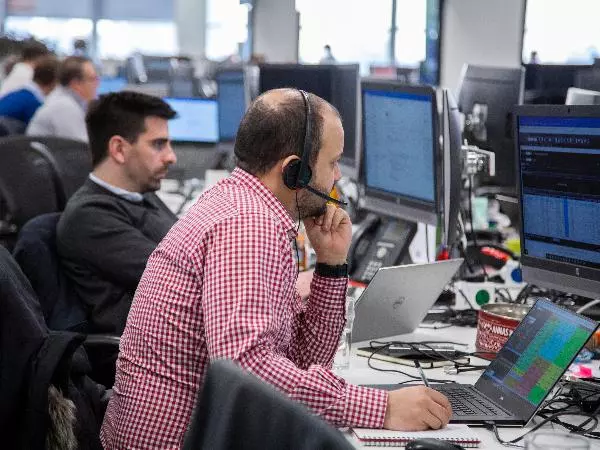The information on this page does not contain a record of our trading prices, or an offer of, or solicitation for, a transaction in any financial instrument. IG Bank S.A. accepts no responsibility for any use that may be made of these comments and for any consequences that result. No representation or warranty is given as to the accuracy or completeness of this information. Consequently any person acting on it does so entirely at their own risk. Any research provided does not have regard to the specific investment objectives, financial situation and needs of any specific person who may receive it and as such is considered to be a marketing communication.
The rise in inflation has been one of the core drivers of the recent hawkishness from the Bank of England (BoE), with the rate rise in November expected to be followed up by another 25 basis point hike at next month’s meeting. However, today has seen a significant shift for inflation, with both consumer price index (CPI) and retail prices index (RPI) falling back to push on the hawkish rhetoric that has been evident. However, with the pound suffering heavy losses in the aftermath, it is worth trying to understand whether this undermines the bullish picture for the pound.
First and foremost, it is crucial to understand where the BoE is coming from when it seeks to raise rates. The core mandate provided by the chancellor is price stability, and that means that inflation is to be held around 2%. With headline CPI now at 2.5%, and core CPI down to 2.3%, there is still a case in saying that inflation remains elevated, justifying a tightening of monetary policy. However, it is also worth noting that the BoE may see this current purple patch as the perfect time to give itself some room to maneuver. After all, Mark Carney is no fan of negative rates, and thus if he wants to have cards to play in the event of a Brexit downturn, he will have to raise them first.
On the economic front, yesterday’s jobs report highlighted that the UK economy is in good health on certain fronts, with unemployment hitting a 40-year low. On top of that, with average earnings now outstripping inflation, we are seeing real wages rise for the first time in a year. Thus, the picture for UK workers is a positive one.
Perhaps one of the key factors behind this recent fall in inflation is going to be the influence of a stronger pound, for it was the weakening of sterling which initially sent inflation through the 2% barrier. With a weak currency comes imported inflation, via a rising cost of foreign made inputs and goods.
One other key factor which has impacted global inflation over recent years has been energy prices, with the fall and subsequent rise in crude price influencing inflation rates worldwide. With Brent crude hitting a three-year high this month, the fall in UK inflation is even more impressive. This highlights that the impact of a rising pound is outweighing rising energy prices, and given the hawkish stance from the BoE, any further rate rises would serve to drag inflation lower yet.
Putting this all together, it is clear that the BoE will be emboldened by the improving jobs market, allowing them to raise rates to help provide a buffer for future monetary policy and temper inflation further. The weakness we have seen today has been a reflection of markets believing that this is a game changer. However, with Bloomberg showing a 83% chance of a rate hike in May (down from 88% yesterday), there is reason to believe that this would provide a buying opportunity for the pound rather than a source of a market reversal. The economy is outperforming, we are still cheap by historical standards, and we are looking likely to see a rate rise in just three weeks’ time.
Looking at the charts, the weekly timeframe highlights that we are somewhere around the middle of an ascending channel formation, with GBP/USD having rallied into the 76.4% retracement. This is an interesting resistance level, for a break above here would provide a strong signal that we are going to break through the $1.5019 swing high from June 2016 (the week prior to the EU referendum).






































































